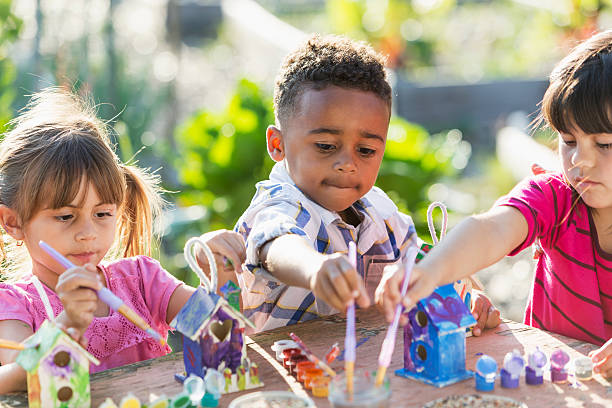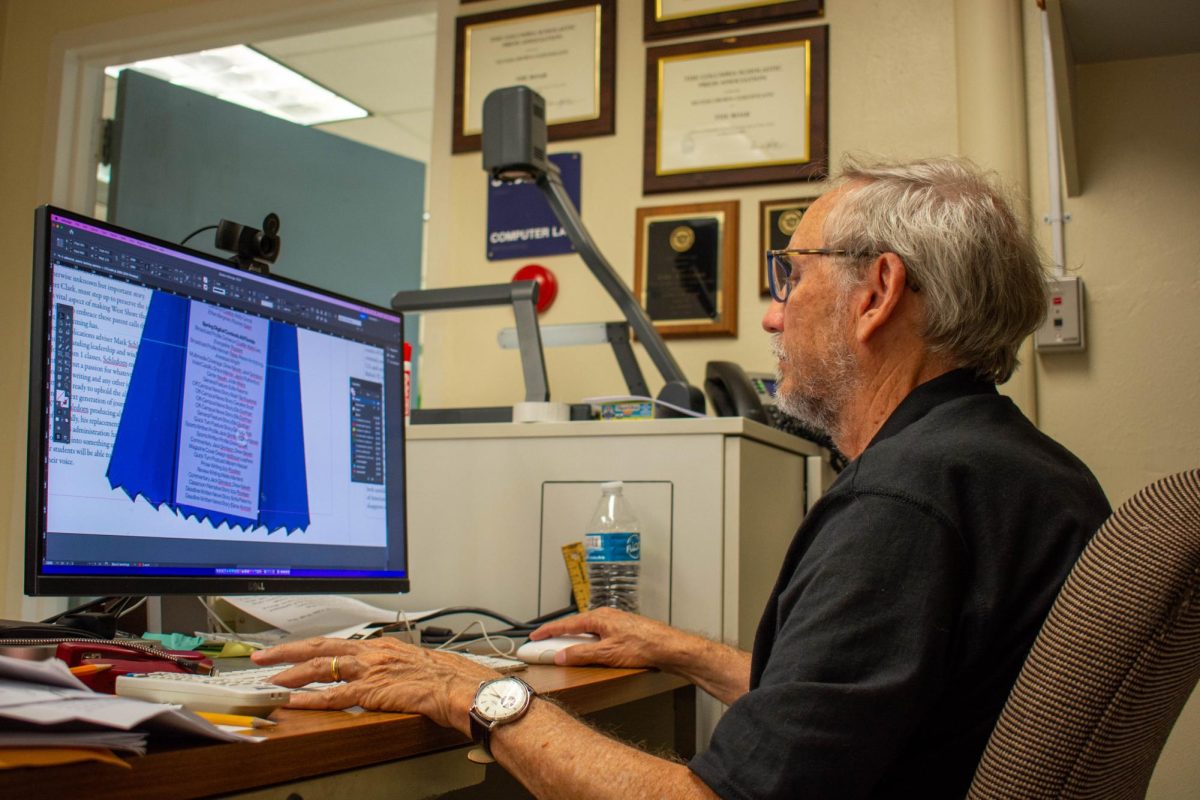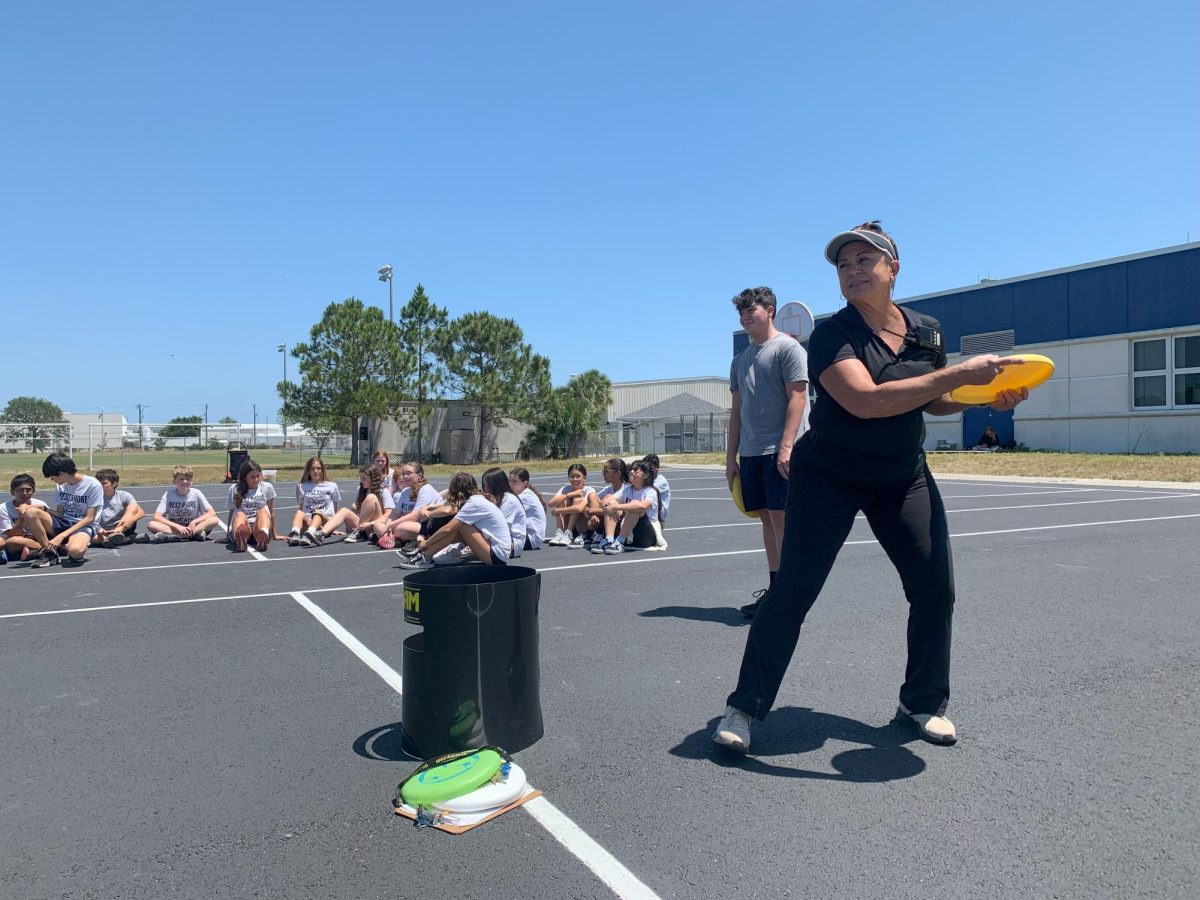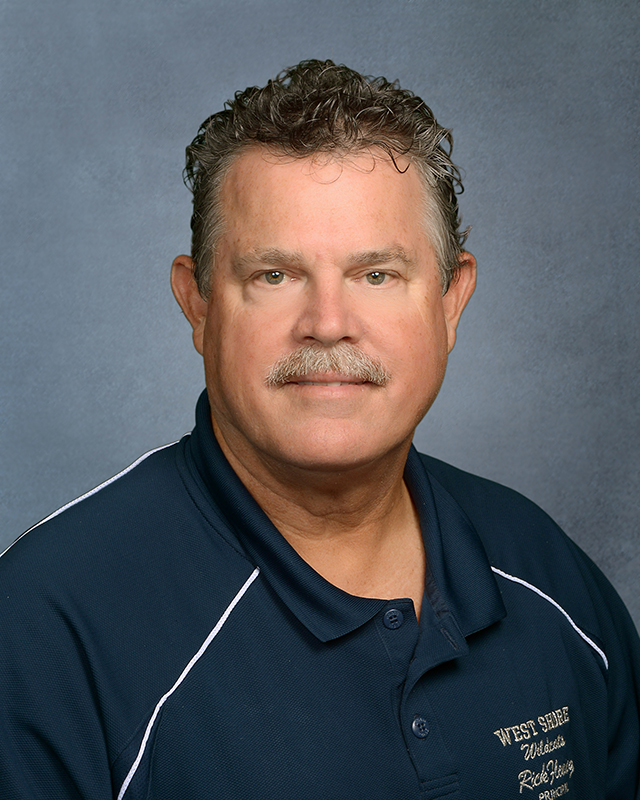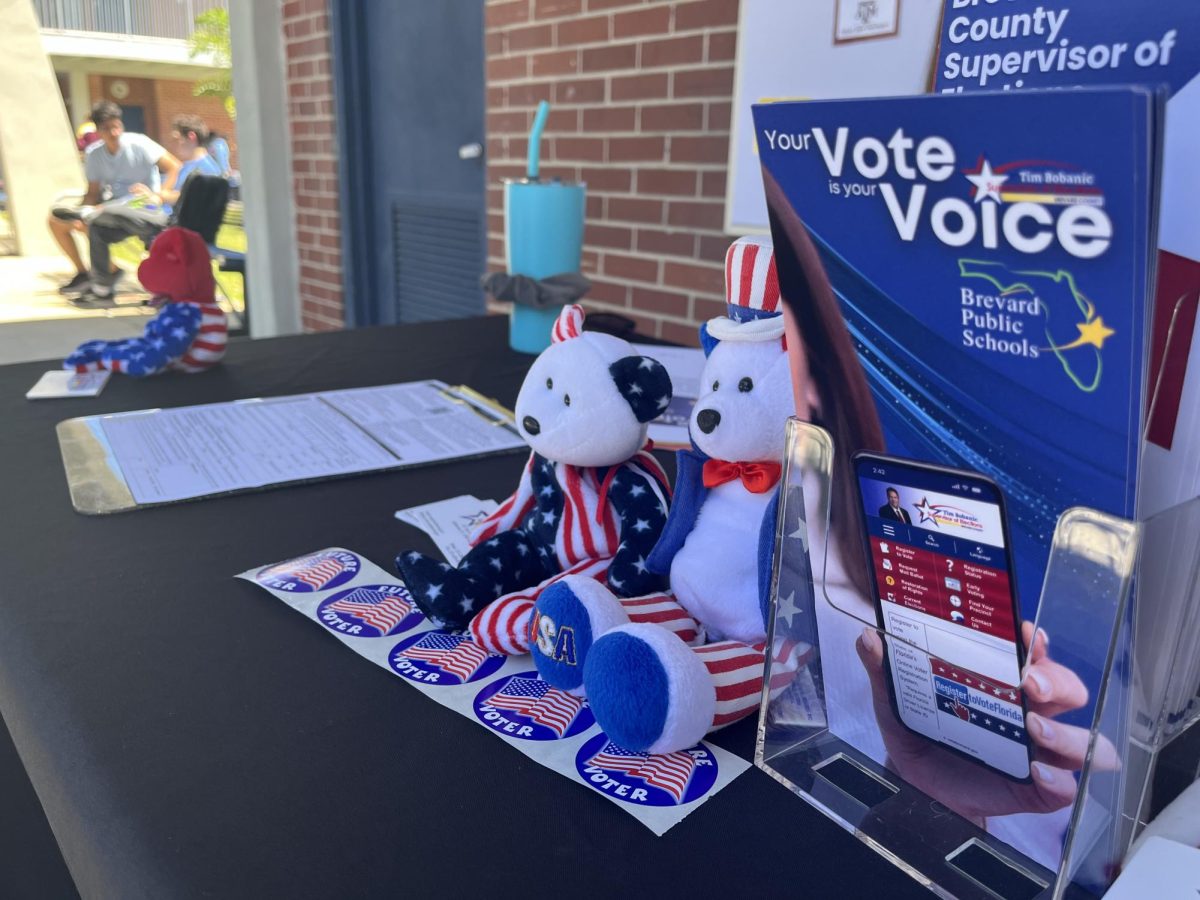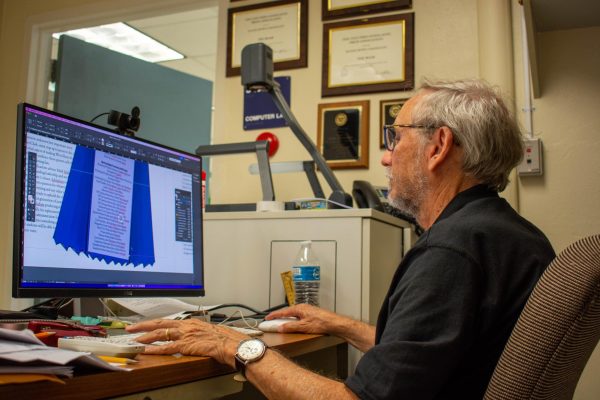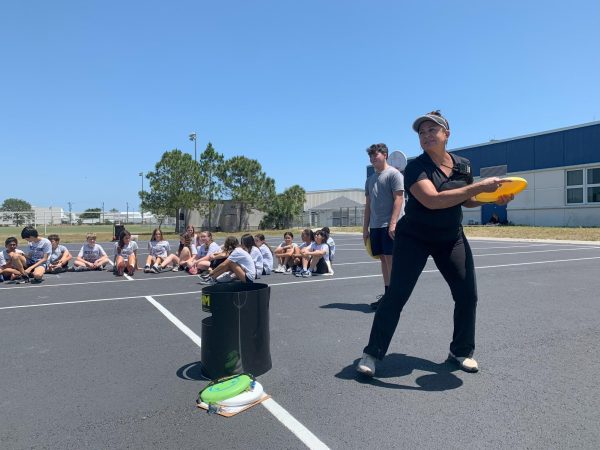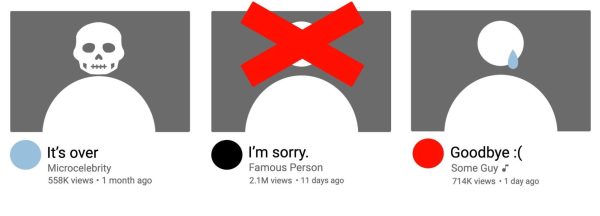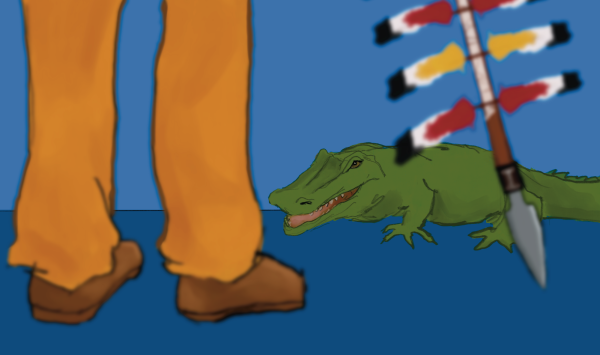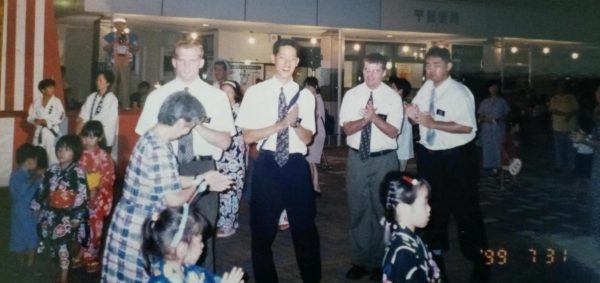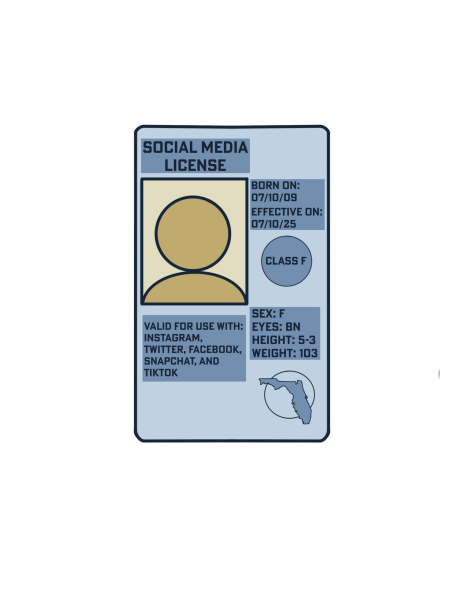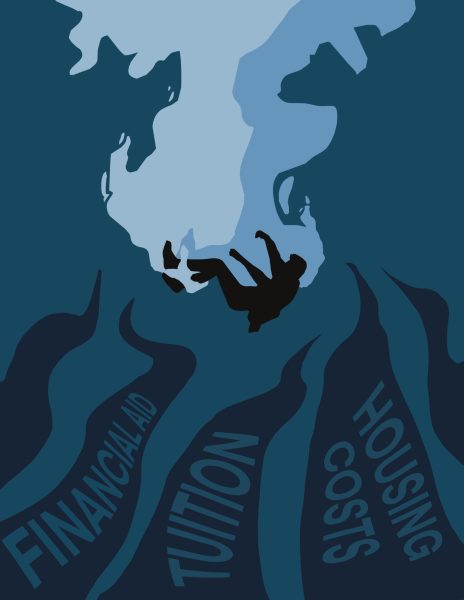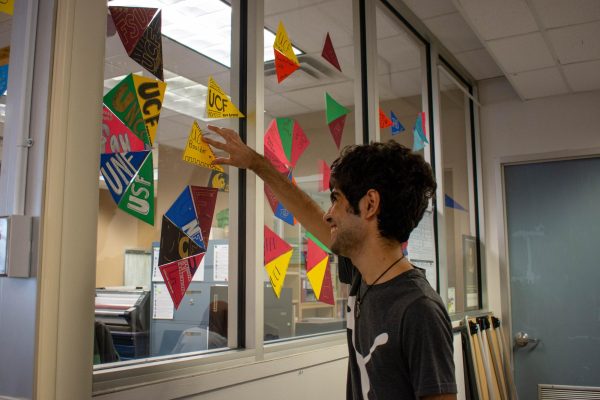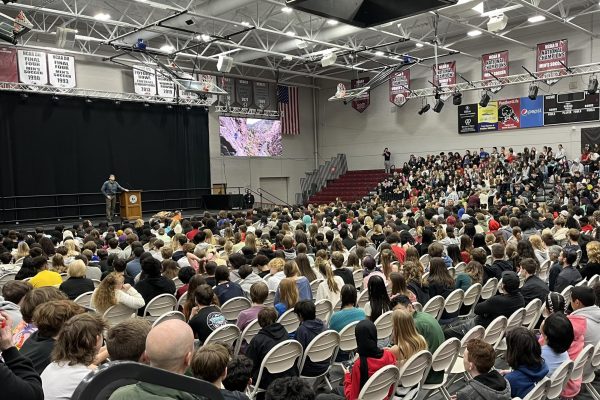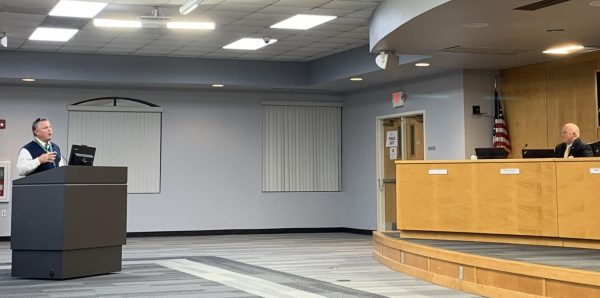Volunteer guides disadvantaged youths
A multiracial group of three serious young children doing an arts and crafts project, painting little wooden bird houses for Earth Day. It is a bright, sunny day and they are sitting at a wooden table reaching with their paintbrushes. An African American boy, 5 years old, is sitting in the middle between two Hispanic girls.
January 20, 2023
Freshman Ava French beams when recalling memories from her past three summers. French volunteers at Crafting at the Nest, a craft store, to teach youth with mental conditions such as ADHD or cranial injuries about art.
“Some of the kids find it really hard to stay focused when they’re doing the art task,” she said. “[The volunteers] focus on having the kids take their time, making sure they get all the steps done to make a beautiful outcome. They are interested in art, it’s just hard for them to do it because of their certain conditions.”
French said the goal of the program is to inspire every child to embrace their creative side and build on their talents.
“In the art class, they get to find out what branch of the arts they’re really into, whether it’s crafting or painting or drawing,” she said. “They get to work on that in more depth to find what they’re really good at and express what they’re feeling through that art media.”
Junior Claire King said she encourages others to help people with these conditions.
“As a person who has ADHD, I think it’s very important to have someone directing me or I’ll get very lost,” she said. “It’s very cool [to be] putting your own time into helping people.”
French said that although there are minor incidents and bursts of energy among the summer camp kids, all they need is guidance.
“We had one girl who [would hit] other kids and we had to redirect her [towards the art project],” she said. “There were also instances when they all wanted to get up and play tag around a craft store with fragile merchandise. We had to calm them down, usually by playing music they could sing along to.”
King said she helped her father, who suffered from a brain tumor, with menial tasks due to his condition.
“[My dad] had trouble walking, so he couldn’t get food [when he was hungry],” she said. “In the mornings, I would have to get him a banana and a coffee and a protein bar. Sometimes, I would help him put his leg bands on for his little leg exercises. I also did come on walks with him because it was dangerous for him to go on walks [alone].”
King said she understands the weight of assisting others who function uniquely.
“If [my dad] didn’t have that help, he would’ve just rotted,” she said. “He would have sat in bed and not been able to eat or go on walks or exercise. It’s very important to help these people [who have mental conditions] and care for them. Especially younger kids who [might not] have aid from their parents.”
French said she notices that the summer camp kids socially benefit from accommodating opportunities.
“They have a hard time in school because of [the conditions] they’re working with,” she said. “When they come to the day camp it seems to make them feel less alone.”
According to the CDC, approximately 17 percent of children in the U.S. have been diagnosed with a mental disorder, one that can impact their development and daily lives.
“It’s important to be open-minded and help [people with mental conditions] because you never know what’s going on in their lives,” King said.
By Elena Konicki

